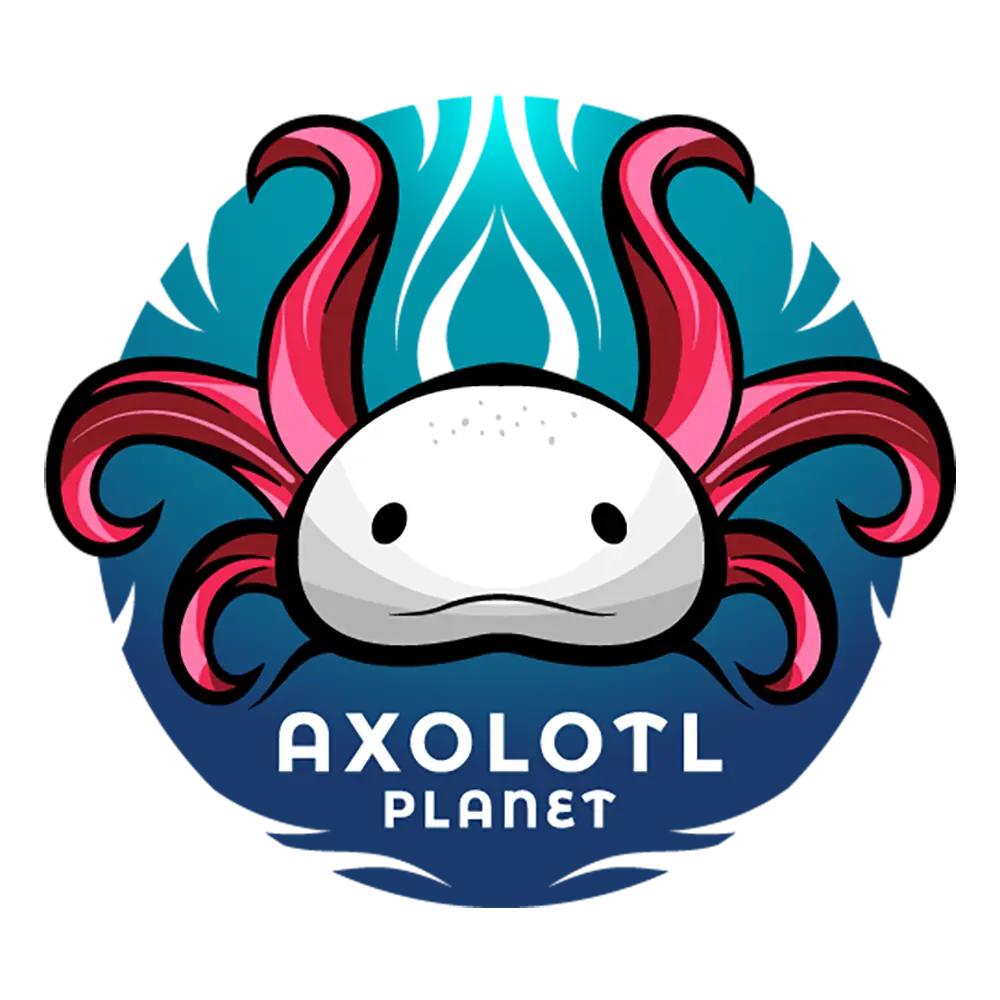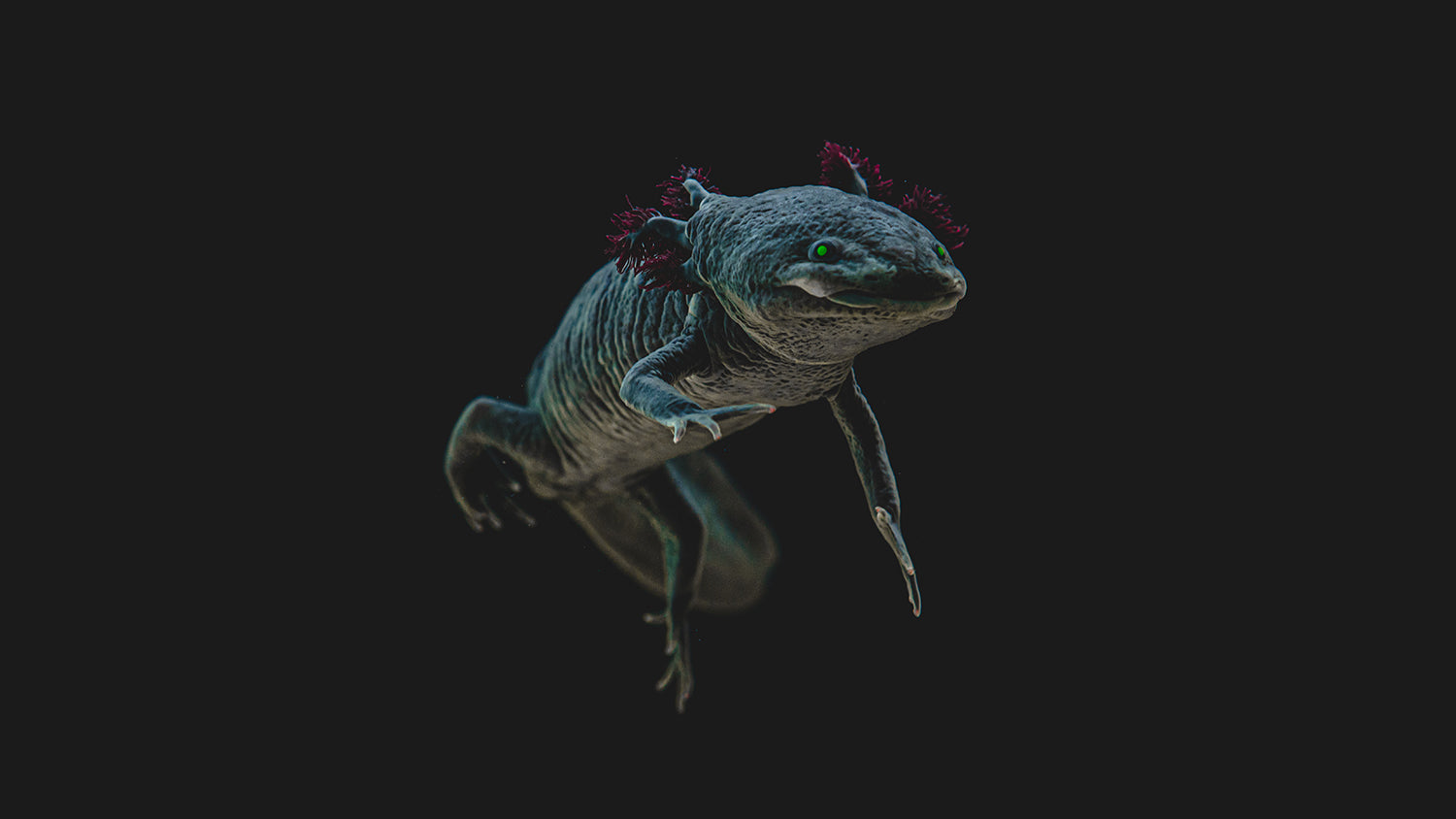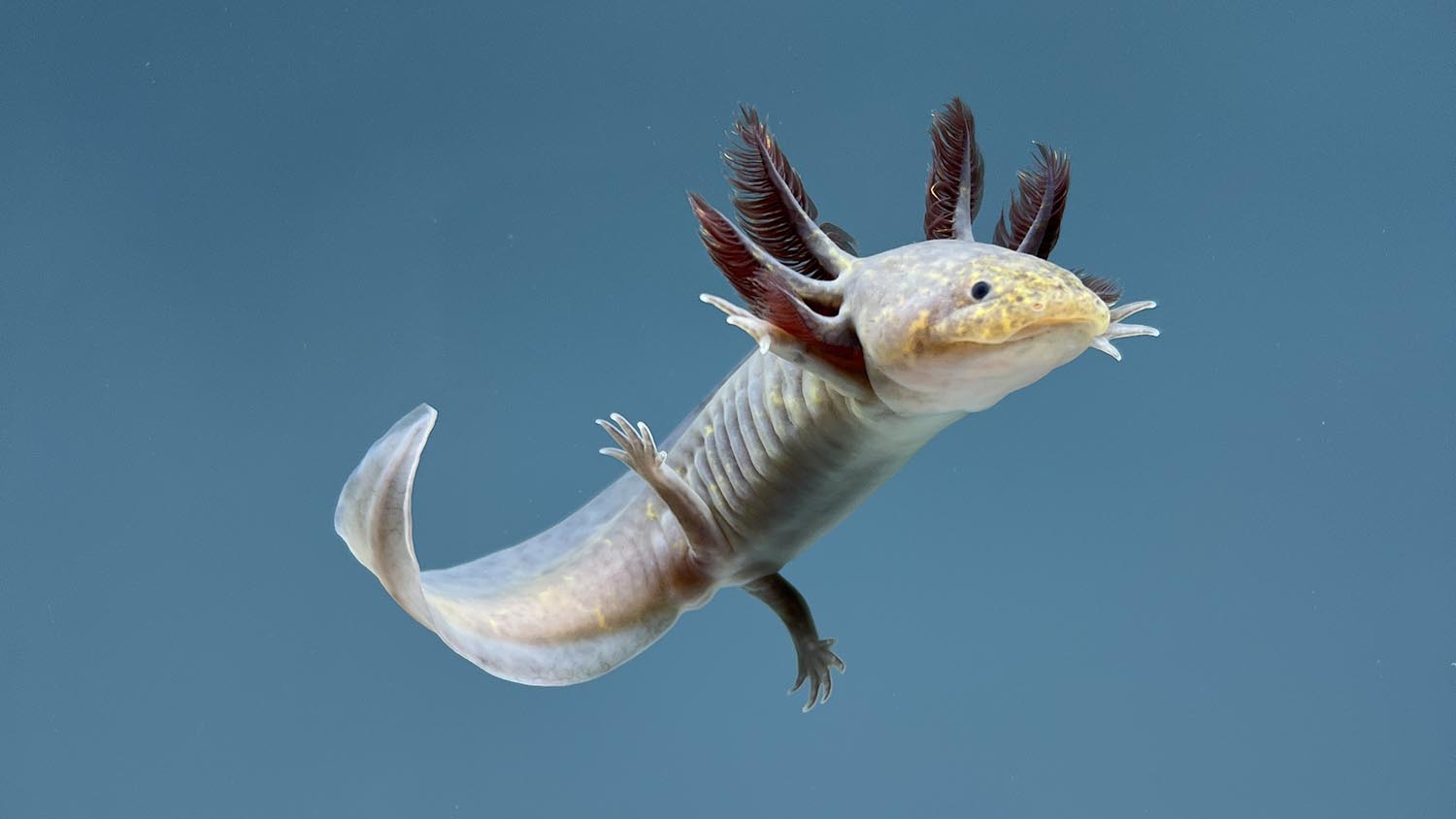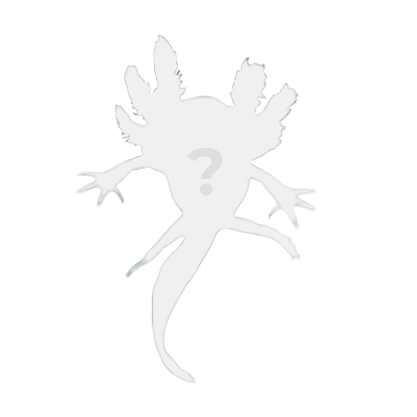Put simply, the process of cycling your aquarium quite literally means growing beneficial bacteria that break down the waste your axolotl produces. For example, when your axolotl poops in the water, it produces ammonia (toxic to all aquatic life). Then, your beneficial bacteria converts the ammonia and turns it into nitrite (less harmful than ammonia, but still not good for aquatic life). Finally, the bacteria converts nitrite into nitrate (nitrate is significantly less harmful to axolotls than ammonia and nitrite).
Keep in mind, this method does not *instantly* cycle your aquarium, but it does speed up the process while allowing you to safely keep your axolotl. A fully-cycled aquarium will convert ammonia into nitrate almost instantly.
Results may vary depending on the pH, ammonia, nitrite, and nitrate of your tap water (which we recommend using in most cases) and we encourage you to proceed with caution as the chemistry of your tap water, amount you’re feeding your axolotl, the temperature of the water, and overall aquarium hygiene can affect your axolotl as well as overall cycling time. If your axolotl is experiencing any major signs of stress during this time, read our following articles and tub your axolotl if necessary:
*DISCLAIMER: This guide is written with the assumption that you are housing one axolotl in at least a 20-gallon tank (or 1-3 axolotls in at least a 40-gallon tank—the bigger the tank, the easier it will be to maintain as it takes more time for your water chemistry to fluctuate), feeding your axolotl once per day (as much as it is willing to eat within a 3-4 minute period to prevent it from overeating), not leaving any uneaten food in the tank, keeping your water temperature between 60º-72ºF, not using any other chemical solutions for your aquarium, and that the water chemistry of your tap water reads 7.0-8.0 pH, 0 ppm ammonia, 0 ppm nitrite, and 0 ppm nitrate.*
Cycling Your Aquarium:
You will need:
- API Freshwater Master Test Kit (required)
- Fritz Complete (Prime by Seachem and Aqua Essential by API will also work)
- FritzZyme 700 Turbo Start (Stability by Seachem and Quick Start by API will also work)
- 5-gallon bucket (optional, but recommended)
- Aquarium siphon (optional, but recommended)
Instructions:
- Test your water every 48 hours. If you have any traces of ammonia or nitrite in your water, add one full dose of Fritz Complete to your aquarium, followed by one full dose of Turbo Start. For example, if you have a 20-gallon aquarium, you will dose for 20 gallons of water. This process can take anywhere from a couple weeks to a couple months before your aquarium is fully-cycled.
- If your nitrates exceed 20 ppm while your aquarium is cycling, use your 5-gallon bucket and aquarium siphon to do a 20-30% water change. Do not exceed a 40% water change at a time as it may alter your water chemistry too quickly for the axolotl to be comfortable with. Instead, do 2-3 smaller water changes throughout the week.
- Discard the old tank water (outside, in your sink, down your toilet, etc).
- Fill your bucket with cold tap water (from your sink, hose, bathtub, etc) and condition the new tap water with Fritz Complete, adding roughly 1/5th a cap per 5 gallons of water. Confirm that the water you are pouring back into the aquarium is roughly the same temperature as the water in the aquarium (you can do this by feeling the water in your aquarium with the tip of your finger and comparing that to the temperature of the water coming from your faucet).
- Gently pour the bucket of conditioned tap water into the aquarium, being careful not to pour it too quickly and disturb the axolotl.
- If needed, test your water parameters after doing your water change to determine how much your ammonia, nitrite, and/or nitrates have gone down (a cycled tank will always read 0 ppm of ammonia and nitrite).
- Repeat steps 1 and 2 of this section until your ammonia and nitrite levels read 0ppm. Once they read 0 ppm, test your water weekly and perform water changes to keep your nitrates between 5-15 ppm (the lower your nitrates, the cleaner your tank is—but you should never have 0 ppm of nitrate as long as there is waste being produced in the aquarium). Live plants can help reduce nitrates.
Conclusion:
Although thousands of families experience phenomenal success with this cycling method, there are still variables that may affect the health of your axolotl as well as the overall amount of time it takes for your aquarium to cycle completely. Please refer to our guides, The #1 Guide to Axolotl Sickness and Health and How To Tub An Axolotl, if you think anything may be wrong with your axolotl!





Leave a comment
This site is protected by hCaptcha and the hCaptcha Privacy Policy and Terms of Service apply.